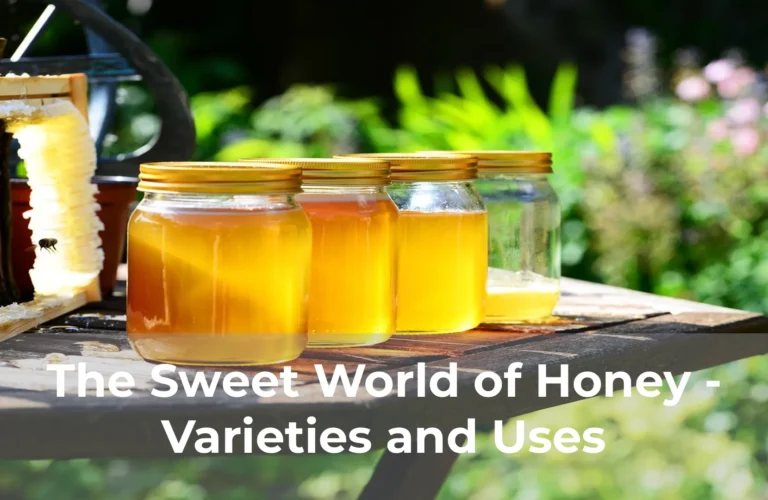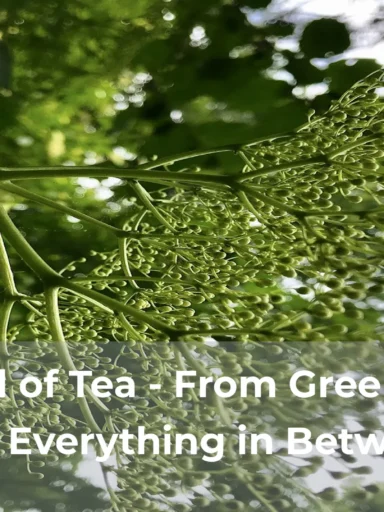The Sweet World of Honey – Varieties and Uses
Discover the fascinating world of honey and explore its wide range of varieties and uses. Honey, nature’s golden liquid, has been treasured for centuries for its unique taste and numerous health benefits. From the delicate floral notes of lavender honey to the rich and robust flavor of buckwheat honey, there is a variety to suit every palate. Join us as we delve into the sweet world of honey and uncover its diverse uses in cooking, medicine, and beauty.
Each honey variety has its own distinct flavor profile, color, and texture, making it a versatile ingredient in the kitchen. Whether you prefer the light and mild flavor of clover honey for sweetening beverages or the bold and tangy taste of orange blossom honey for baking, honey adds a natural sweetness and complexity to any dish. From drizzling over pancakes and waffles to incorporating into salad dressings and marinades, the culinary possibilities with honey are endless.
Beyond its culinary uses, honey has long been celebrated for its medicinal properties. Known for its anti-bacterial and anti-inflammatory properties, honey has been used as a natural remedy for centuries. From soothing sore throats and coughs to healing wounds and promoting better sleep, honey has a range of health benefits. Additionally, honey is a popular ingredient in skincare products, known for its moisturizing and rejuvenating properties. Explore the world of honey and discover the many ways it can enhance your well-being both inside and out.
The Science Behind Honey Production
Honey production is a fascinating process that combines the ingenuity of bees and the power of nature. This sweet golden liquid is not only a delicious treat but also an incredible feat of science. Bees, known for their complex social structure, play a crucial role in the production of honey. They collect nectar from flowers, convert it into honey, and store it in their hives as a food source. Understanding the intricate process behind honey production unveils a world of science that is as awe-inspiring as it is delicious.
The science behind honey production starts with the foraging behavior of bees. Bees collect nectar from flowers using their long proboscis, a straw-like tongue, and store it in their honey stomach. Once the bees return to the hive, they pass the nectar to other worker bees through a process called trophallaxis. During this exchange, enzymes are added to the nectar, which starts the process of breaking down complex sugars into simpler sugars. This enzymatic activity, combined with the bees’ body heat, helps reduce the water content of the nectar, transforming it into honey. The bees then deposit the honey into hexagonal wax cells within the hive, where it further dehydrates through evaporation. The end result is a viscous, sweet liquid with antimicrobial properties that can be stored for long periods.




